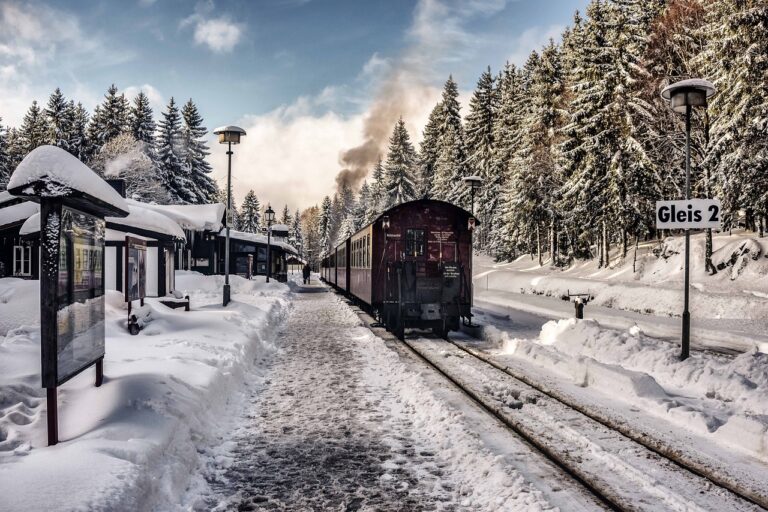The Allure of Desert Rock Climbing: Scaling Sandstone Formations
Rock climbing in desert environments poses a distinct set of challenges that climbers must navigate. The extreme temperatures can fluctuate drastically, creating difficult conditions for climbers to endure. The harsh sun exposure can quickly lead to dehydration and exhaustion, making it crucial for climbers to stay well-hydrated and protected from the sun at all times.
In addition to the unforgiving heat, desert rock climbing often involves navigating sharp and abrasive sandstone surfaces. This type of rock can be particularly challenging to grip onto, requiring climbers to develop unique techniques and strategies to successfully ascend the cliffs. The sandy texture of the rock can also make it prone to breaking off, adding an extra element of unpredictability and risk to the climbing experience.
Understanding the Geological Formation of Sandstone
Sandstone, a common rock type found in desert landscapes, is primarily composed of sand-sized grains of minerals and rock fragments. These grains are typically cemented together by various minerals such as quartz, feldspar, and calcite, creating a solid rock structure. Over time, the pressure from additional sediment layers and the infiltration of mineral-rich water help to further solidify the sand grains into a cohesive rock mass.
The unique features of sandstone formations in deserts are often shaped by the prevailing climatic conditions and geologic forces at play. Wind erosion, intense heat, and sporadic rainfall contribute to the intricate patterns and formations seen in desert sandstone cliffs and spires. The layers of different-colored sandstone, known as strata, provide a visual record of the geological history of the region and offer insights into the environmental changes that have occurred over millions of years.
What is sandstone composed of?
Sandstone is primarily composed of sand-sized grains of minerals or rock fragments, bound together by a cementing material.
How does sandstone form geologically?
Sandstone forms through the consolidation and compaction of sand grains over time. This process typically occurs in environments such as beaches, rivers, and deserts.
What gives sandstone its unique colors and patterns?
The colors and patterns in sandstone are often the result of different mineral compositions, cementing materials, and the presence of impurities during the formation process.
Is sandstone a durable rock type for outdoor activities like rock climbing?
Sandstone is generally a durable rock type for outdoor activities like rock climbing, but its durability can vary depending on factors such as the quality of the cementing material and the presence of fractures or weaknesses in the rock.
Are there any special considerations for climbing on sandstone rock formations?
Climbing on sandstone rock formations requires climbers to be mindful of the rock’s unique features, such as its tendency to be more prone to erosion and weathering compared to other types of rock. It’s important to practice leave-no-trace ethics to preserve these fragile environments.





